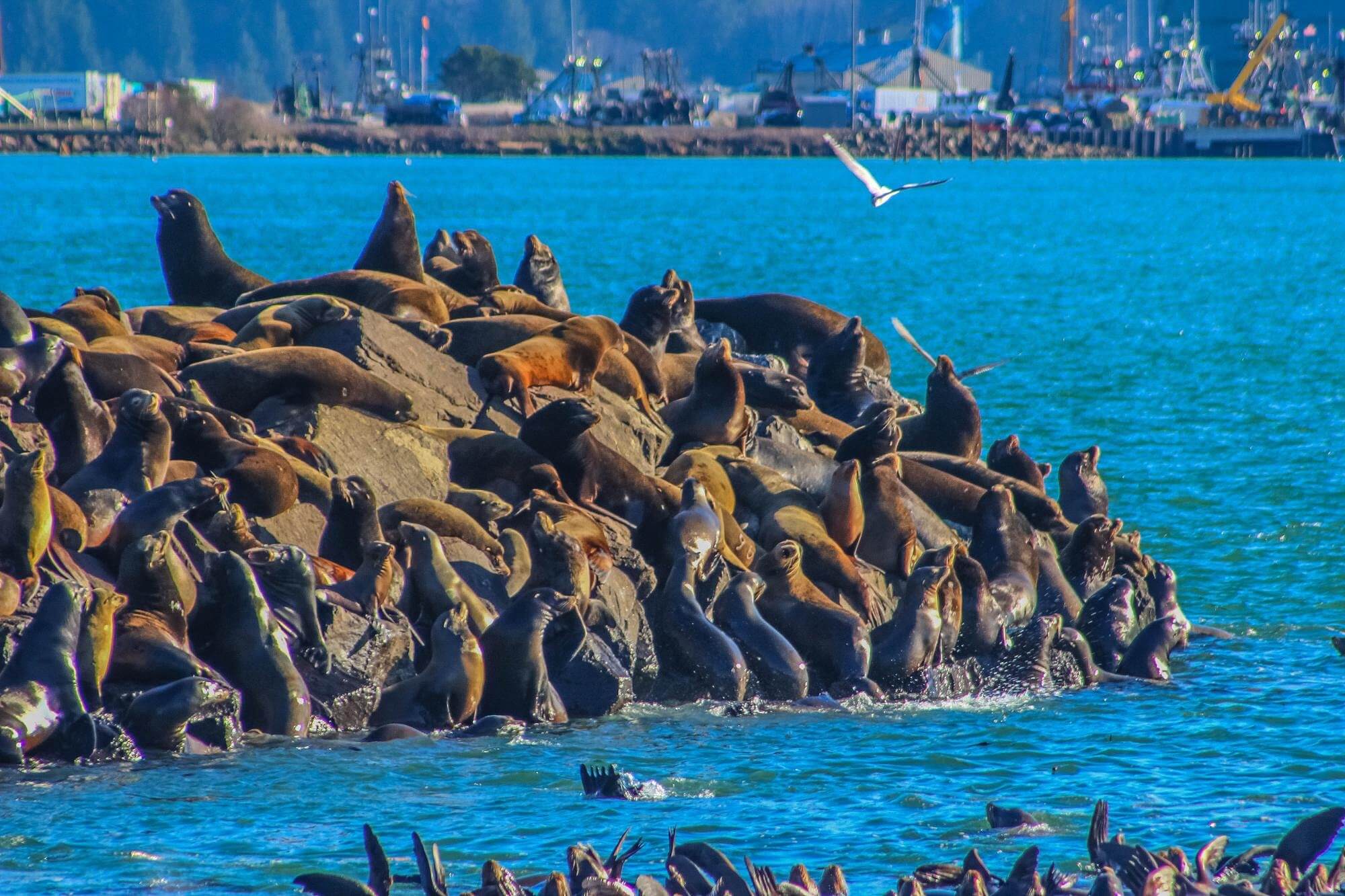Since the Alexander Springs alligator attacks last month, the web has been bustling with Florida-bound vacationers asking about their safety as they get set to head for the turquoise cool waters of Florida’s springs this summer. Ginnie Springs comes up often in their questions about alligators – are there any there, what are the risks of being bitten, what to do if you see one. We at Traxplorio decided to dig a little deeper into the gator theme – to find out what they are, why they bite and what risks we might be in if we’re planning on vacationing in Florida, as well as looking into a few tales of doom as lessons well learned. And yes – we’ll be answering the question “Is Ginnie Springs safe to swim?”
A Bit About Florida’s Gators
There are around 1.3 million alligators living throughout Florida’s 67 counties, says the Florida Fish and Wildlife Conservation Commission (FWC) – the American Alligator breed (Alligator mississippiensis), which is endemic to the southeastern United States of America.
They were hunted close to extinction last century, until the 1973 Endangered Species Act was put into effect, prohibiting hunting and protecting their habitat.
“When I was a kid, growing up in Florida, gators were not protected, and at every roadside tourist stand from Jacksonville to Key West you would find all sorts of alligator trinkets, and you could even buy live baby alligators,” Phil Huhes says on Quora. “But by the early ‘70’s you rarely ever saw an alligator other than in the deep everglades or remote lakes in central florida.”
The Endangered Species Act saw huge success, and the American alligator was taken off that list in 1987.
While it’s great that alligators are no longer endangered, the number of people or pets being bitten by them is increasing. In 2022, according to a report released by the FWC, there were nine major and two minor alligator bites in Florida. Looking further back, in 2021, there were seven major and three minor alligator bites. And if we look at the bigger picture, from 1948 to 2021, 442 “unprovoked” alligator bite incidents occurred in Florida, 26 of which resulted in people being killed. That said, the FWC claims the chances of a Florida resident being seriously injured in an unprovoked alligator incident in Florida is just one in 3.1 million. Thankfully, with the state wildlife agency averaging 16,000 gator complaints a year for the past 10 years, Florida has been growing more aware of its role in the growing alligator population and authorities have been working to increase public awareness of gator danger.
So why is the number of gator attacks, while not crazy high, still on the up? Experts put it down to increased human interaction with the Florida wildlife, and tourism development. In 2022, Florida’s tourism industry welcomed 137.4 million vacationers – the highest number in the state’s history. These tourists are actively invited to swim, snorkel, paddleboard, canoe and even go tubing in areas known to be inhabited by alligators. At Ginnie Springs, for example, visitors are told they will be able to observe alligators as they take a one-hour tube ride down the Santa Fe river.
Yet, unlike most predators (think sharks and crocodiles), alligators are not typically aggressive towards people. They may bite, but they are unlikely to seek to kill you, and most alligator attacks do not occur without some form of provocation. Read on to find out more about alligators and what you can do to avoid being bitten by one (as well as what to do if you are). But before that, here are some of the latest shocking gator attack stories that have been in the news.
Man Bitten By 7.5-Foot Alligator In Alexander Springs
The gator attack at Alexander Springs, in the Ocala National Forest, this July was the second there within a few weeks, seeing a man bitten by a 7.5-foot alligator while snorkelling in a designated swimming area at around noon. He suffered puncture wounds and lacerations. He was helped by workers at Adventure Ocala, which operates Alexander Springs, then left by choice to seek his own medical care. The park was temporarily closed and the Florida Fish and Wildlife Conservation Commission (FWC) was called in to have the alligator that fit the man’s description removed.
Man Loses Arm After 10-foot Gator Attack In Florida

On May 21, the FWC received a report that a man had been bitten by a gator in a pond behind Banditos Bar in Port Charlotte. The attack happened after midnight when a bar customer stepped outside to answer the call of nature and fell into the pond. He woke up in hospital with his right arm missing above the elbow – eaten by the alligator.
As the bar was busy, he was quick to be saved, with other patrons making a tourniquet to stem the flow of blood until emergency services arrived and flew him by helicopter to the Gulf Coast Medical Center in Fort Myers.
“They definitely helped slow the bleeding, and, by applying the tourniquet, had a hand in helping save a life,” Todd Dunn, public information officer for Charlotte County Fire and EMS, told Fox News Digital.
“A contracted alligator trapper was dispatched to the scene, where a 10’5’’ alligator was removed from the property and humanely killed,” the FWC’s statement said.
Body Of Woman Attacked By An Alligator Found In Florida; Arm Found In Its Stomach
On a Friday morning in June 2018, a woman walking her dogs in Silver Lakes Rotary Nature Park in Davie, Florida, went missing. When divers found the body of 47-year-old Shizuka Matsuki some hours later, one of her arms was missing, and it was later found inside a 12-foot alligator.
Emergency services were called when a man who had seen Matsuki walking with her dogs, soon after saw the same dogs running loose, one of whom was injured, and on checking the area they were running from, spotted an alligator.
The alligator was removed and put down. A necropsy revealed Matsuki’s remains inside its stomach, identified through a tattoo recognized by her brother.

Man Jumps In To Save His Dog From Oviedo Gator
On a quiet Friday in May 2018, a 12-foot alligator attacked a dog on a walk with its owners at the Little Econ River at Riverside Park, in Oviedo, Florida.
“A boyfriend and girlfriend were walking their dog at Riverside Park, in the back along the Little Econ River, when an alligator came out and snatched it,” Lisa McDonald, communications manager for the City of Oviedo, told Fox News Digital. “According to staff, (not witnessed), the boyfriend jumped on top of the alligator to rescue the dog. They were able to free the animal.”
The rescued dog was taken to a local animal hospital for treatment.
No 911 call was made and park staff were notified a day later. A permit was then issued to trap the gator, and the trapper removed a 12-foot, 6-inch alligator from the park on Sunday.
“To the west of the park is a heavily wooded area that leads down to the river,” McDonald said. “Because the river is so low, people can walk down there. Dog owners are highly discouraged from walking their pets near any body of water due to the dense alligator population, especially during alligator mating season,” she added.

What Are Alligators?
Alligators are what’s left of that incredible prehistoric era of Earth’s history – having survived and adapted after dinosaurs became extinct. The earliest known fossil of this family of beast dates back 83 to 72 million years.
The American alligator is the larger of the known species of alligator. Adult males can measure from 11 to 15 feet and can weigh up to 1000 pounds, while females tend to be smaller at around 8 – 9 feet and up to 200 pounds. The American alligator, found in the southeastern US from southern Texas to North Carolina, tends to set up home in subtropical and tropical freshwater wetlands, such as marshes and cypress swamps, and along riverbanks such as those lining the Santa Fe river. You will also hear stories of them living in lakes, ponds, drainage canals and ditches, and being spotted on golf courses (great for water and easy snacks of birds and fish). Unlike the American crocodile, alligators tend to avoid saltwater. You can pick it out from a crocodile by its darker coloring (almost black on top, cream underneath), rounder and broader snout, and its upper jaw covering the lower teeth (making a “grin” that is less toothy than a crocodile’s). Alligators, boasting 74–80 teeth as adults, eat insects, fish, frogs, turtles, lizards, birds, and small mammals. These teeth can bite through turtle shell or bone, but are not designed to chew. As we saw from the sad story above- if they bite off an arm, it will be swallowed whole for later digestion.
Alligators are masters of camouflage and are hard to see underwater and among the river reeds. They prefer to hunt in the water. In spring, you’ll see them sitting very still in the water with sticks and other “nesting” treats on their backs for unsuspecting birds to pick up. Other times, they’ll go for “lunge, grab and drag” to enjoy a feast of a mammal who came to the riverbank to drink. Sometimes, they head out on night-time hunts for mammals and can travel up to 160 feet inland from their watery homes. But although alligators can move fast on land, they are not well adapted for catching prey out of the water. They are also known to eat fruit, meaning they help to spread seeds! And while they mostly deal with their daily food rations alone, they have also been known to “fish” in groups.
Alligators can’t breathe underwater, but can stay underwater for up to two hours – they have flaps that close off their nostrils, ears, and inner eyelids.

In late June or early July, alligators lay 20-50 eggs at a time in a nest of sticks, leaves and mud built in a sheltered spot in or near water. Incubation takes up to 68 days, and the babies hatch mid-August through early September. Mothers then protect their young for up to one year. Alligators can live 50-70 years.

Are Alligators Dangerous?
Yes. But mostly no. We’ll refer to Michael Fetterman, a former Zoo Keeper and Lecturer for a sensible answer to this one: “If you see an alligator from your porch in Florida, you are fine. If you go over and try to fight it, catch it, feed it, kill it, get close to it, or just make it think you are measuring for a new set of luggage, now you have crossed the line.”
Alligators won’t usually attack, but they will defend themselves and their young – and will first hiss and open their mouths wide to warn you off. A lot of actual attacks seem to happen as either defense or as a case of mistaken identity – a dog walking by (prey) that happens to have an owner attached, or someone falling into water where for months or years before people have been throwing in snacks to feed the gator (and so it has learned to believe anything that drops into the water is fair game and usually tasty, or that “human” = “provider of food”).
Alligators tend to be more laid-back and docile than crocodiles, and are said to be tameable to a degree – though their nature should never be forgotten, as with any wild animal.
Alligator bites are definitely serious injuries, due to the reptile’s bite force and the risk of infection. We’ll be looking into that more below.

Why Would An Alligator Attack?
As we said above, alligators tend to attack in self-defense or defense of their young, or when they confuse you (or your dog) as food.
Alligator nesting season is May through September, and gators will typically be more aggressive during this time – with mammas strongly protecting their nests then babies – and doing so for up to a year. It’s a natural instinct that we humans share with them, so we should respect it and stay clear.
“All reptiles are more active and need to eat more during this hot season,” the US Forestry Service writes. “Please use caution, in and around water (including on the shoreline). Follow all posted and prescribed safety guidance.”
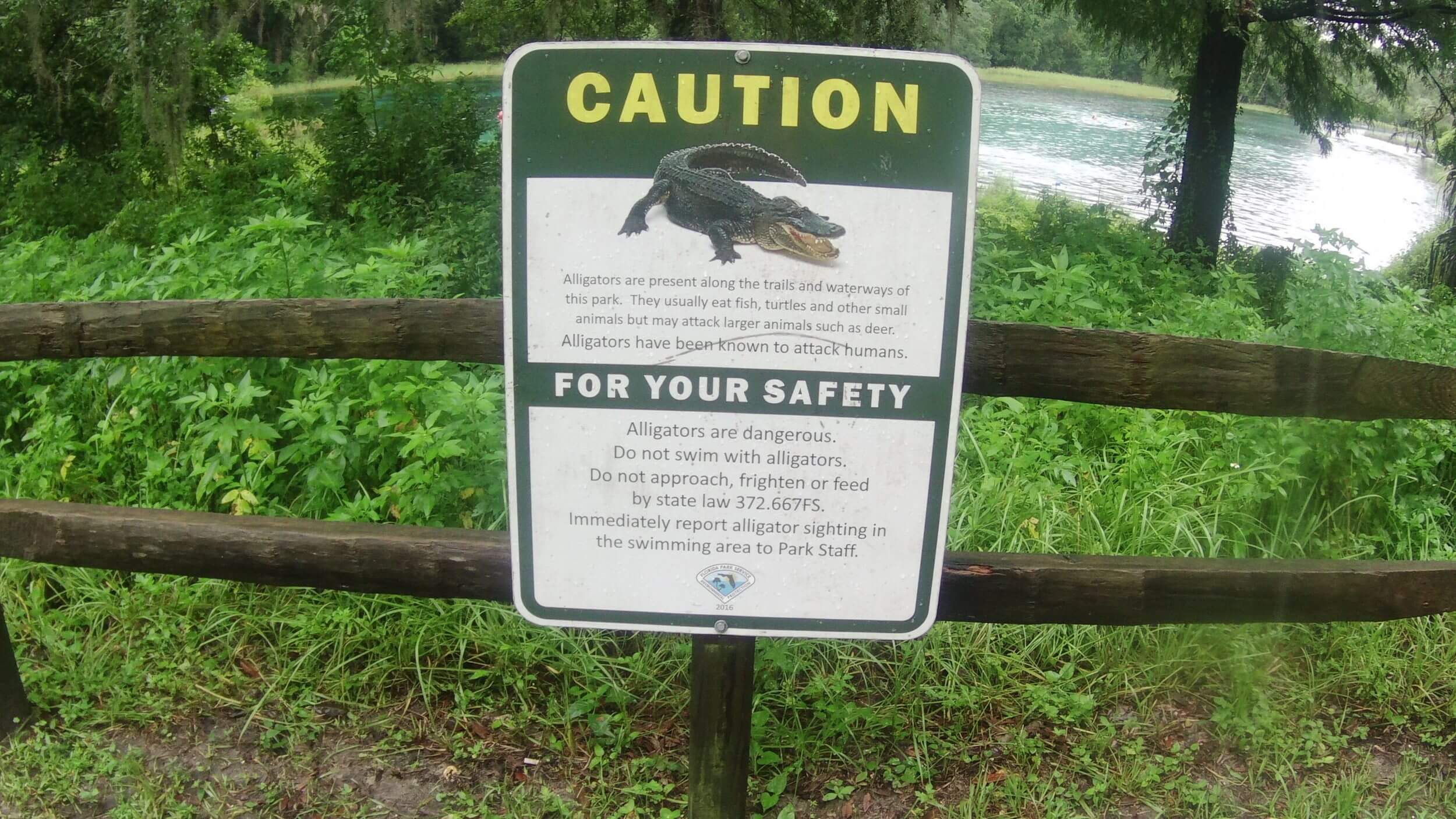
How Do I Avoid Being Bitten By An Alligator?
“Any body of water in the state can potentially house alligators,” Chad Weber, a Florida Fish and Wildlife Commission officer, told WKMG News 6 after the July Alexander Springs attack. “If you see one in a designated swimming area or nearby, get out of the water and report it to park staff or an FWC officer.”
Excellent advice, we say! Even designated swimming zones are alligator territory before yours, and while crowds and noise (like you get at the Ginnie Springs resort) tend to discourage alligators from entering a body of water, they may do so anyway. Be calm and respectful – back away, get away, and let the park officials know, so no-one gets hurt and the alligator can be moved on or monitored and left to go about its natural business.
Note that alligators often bask in the sun on the banks of their watery homes in order to warm their bodies. They usually do so with their mouths open, for the same reason dogs will pant or humans sweat. When a human approaches, these alligators will usually retreat into the water, unless it’s a female with a nest to protect – then it’s you who should be backing away!
Here are some more useful tips we’ve picked up:
- Don’t swim when alligators are most active – between dusk and dawn.
- Stay away from alligators during nesting and hatching season (May – September).
- Never swim outside of designated swim zones.
- If you’re snorkeling in alligator zones, take a buddy along with you. Avoid marshy areas and murky water.
- Watch your children when they are playing in or around water.
- Don’t allow pets to swim in or drink from water that may contain alligators, or to play in natural pools of water where humans are – dogs look like natural prey to an alligator, and could well attract an alligator into a swim zone. Keep them on a leash and close to you.
- Don’t swim anywhere where a large alligator has recently been spotted. Anything under three or four feet is probably ok, as smaller alligators may mean there aren’t larger animals around, though you should still be cautious.
- Don’t swim anywhere humans have ever fed alligators. Many alligator attacks happen because people have been feeding them.
- Never feed alligators. Florida law prohibits feeding wild alligators.
“When fed, alligators can lose their natural wariness and instead learn to associate people with the availability of food. This can lead to dangerous circumstances for yourself and other people who could encounter the alligator in the future,” the FWC warned.
- Throw waste food into a garbage can, not the water.
- Feel free to watch and photograph alligators – but do so from a safe distance of at least 50 feet.
- Never pick up or take an alligator from its natural habitat. It is illegal and dangerous. Even small alligators can hurt when they bite (or get hurt in your handling of them).
If you are near an alligator and it opens its mouth and hisses a warning, back away slowly. A female protecting her nest might hiss and charge at a person who gets close to the nest, but will quickly return to the nest after the intruder leaves. If the alligator attacks, make yourself big and noisy. Make sure to focus on its face, eyes, and head, and if you have a stick to hand, aim for those. Alligators don’t like prey that it can’t easily overpower.
Wearing a lifejacket or having another flotation device to hand can also help, as they will not only distract the attacking alligators but will also trigger their gag reflex should they try to take a bite of you.
In short, you should respect the personal space and ways of any wild animal. If an animal reacts to your presence, you are too close to it.
Potentially dangerous alligators should be reported to the Statewide Nuisance Alligator Program. The toll-free Nuisance Alligator Hotline is 866-FWC-GATOR (866-392-4286).

What Do I Do If I Get Bit?
If an alligator bites you, the best thing to do is fight back, making as much noise and resisting as much as possible. Try to hit or kick the alligator, or poke it in the eyes to get it to release its hold on you. When alligators grab prey they can’t easily overpower, they will often let go and back off.
Get immediate medical attention if you are bitten by an alligator. Alligator bites often result in serious infection due to the bacteria in the reptiles’ mouths.
Study up on some basic first aid now to learn how to stop a bleed, just in case you or anyone you’re with needs that kind of life-saving help.
What Happens To An Alligator If I Report It?
If the alligator was simply minding its own business when you saw it, the park will likely close the area for a time and monitor that gator. But if it is deemed a “nuisance alligator,” such as those that featured in the news stories at the beginning of this article, it will be removed by a contracted trapper. A nuisance alligator is one that is over 4 feet long and believed to pose a threat to people, pets or property (those under 4 feet are not considered dangerous unless found in your pool, on your porch, under your car, etc.).
The toll-free Nuisance Alligator Hotline is 866-FWC-GATOR (866-392-4286).
Hotline staff will take down your information and give you the name and contact details of the Nuisance Alligator Hunter in your area. Once contacted, the Nuisance Alligator Hunter (trapper) will respond within 24 hours (less in an emergency).
Past experience shows that relocated alligators will likely try to return to their capture site, creating problems for people and other alligators along the way, which is why nuisance alligators are usually quickly put down with a gunshot to the head.
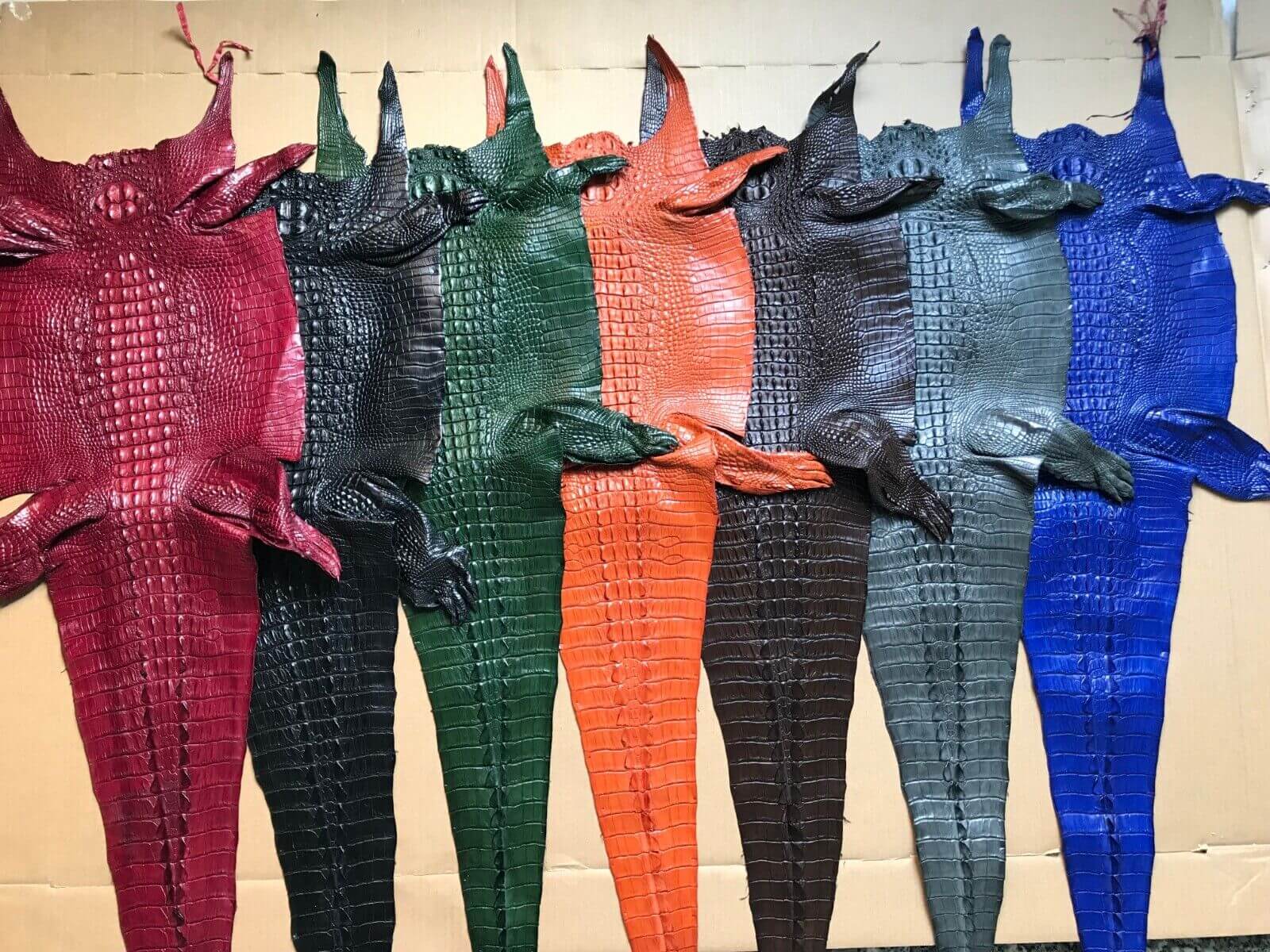
Alligator hunting and farming is big business, and is used as a means to control population growth, as well as to support the incomes of trappers. Florida, Georgia, Louisiana and Texas produce a combined yearly total of around 45,000 alligator hides- 6 to 7 foot long hides can sell for up to $300 each. The market for alligator meat is also growing, and about 300,000 pounds of meat is produced annually.
The FWC said it administers a Statewide Nuisance Alligator Program (SNAP) to “proactively address alligator threats in developed areas, while conserving alligators in areas where they naturally occur.” They use contracted nuisance alligator trappers in Florida to remove gators that pose a threat to people, pets or property.
“In most cases, the alligator is processed for its hide and meat, which is the primary source of compensation for [trappers’] services,” the FWC wrote. “Occasionally, a nuisance alligator is sold alive to an alligator farm, animal exhibit or zoo.”
Is That Alligator A “Nuisance Alligator”?
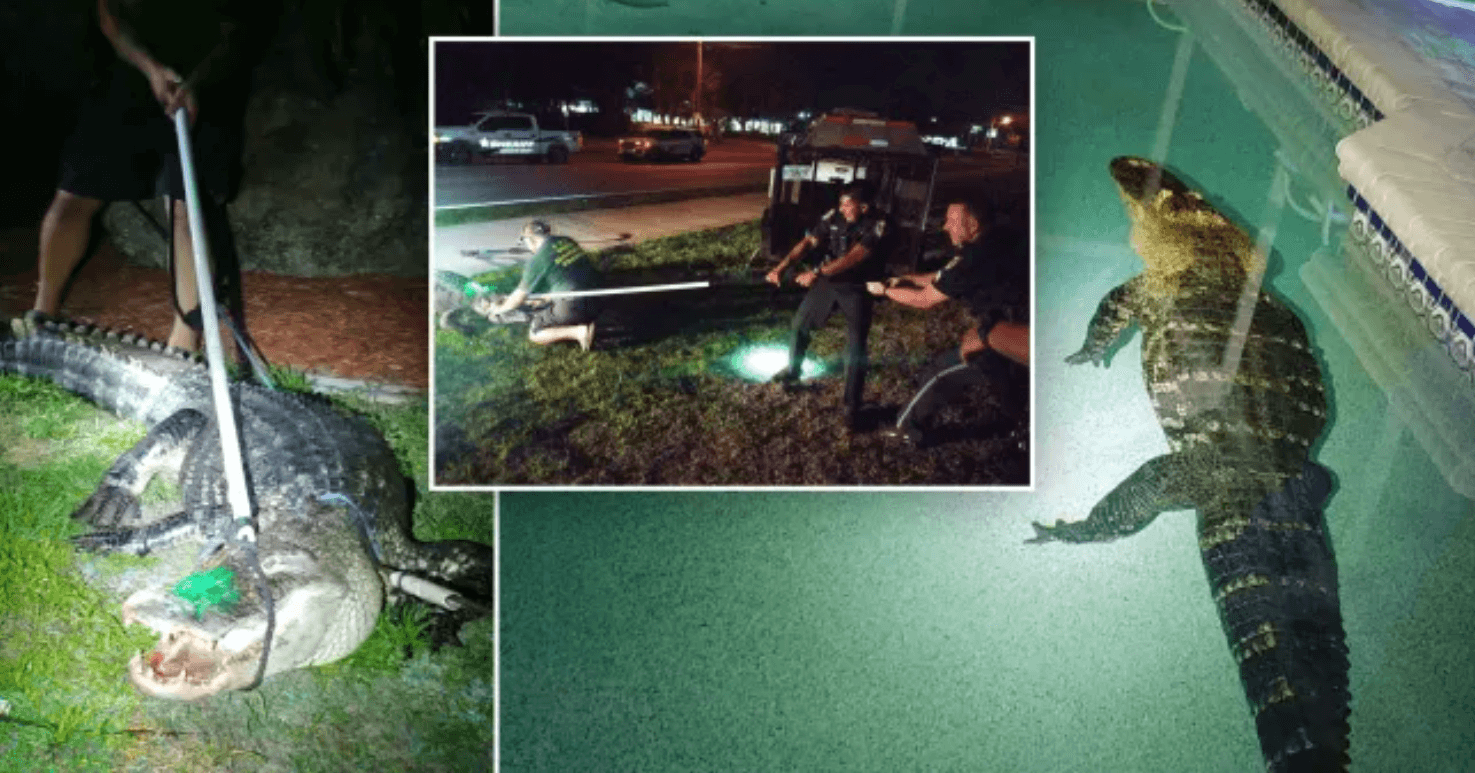
An alligator just being somewhere doesn’t qualify it as a nuisance – most alligators, if left alone, will move on, and smaller alligators tend to be naturally fearful of humans and generally don’t pose a threat. Bigger alligators are more of a risk to pets, livestock, and humans, though.
It is a nuisance (and worth reporting) if:
- The alligator approaches you or acts in an otherwise threatening manner;
- The alligator is seen near homes, livestock pens, or other human-use structures;
- The alligator approaches your boat or canoe and does not retreat underwater when you make noise.
A Final Note On Ginnie Springs – Is It Safe To Swim?
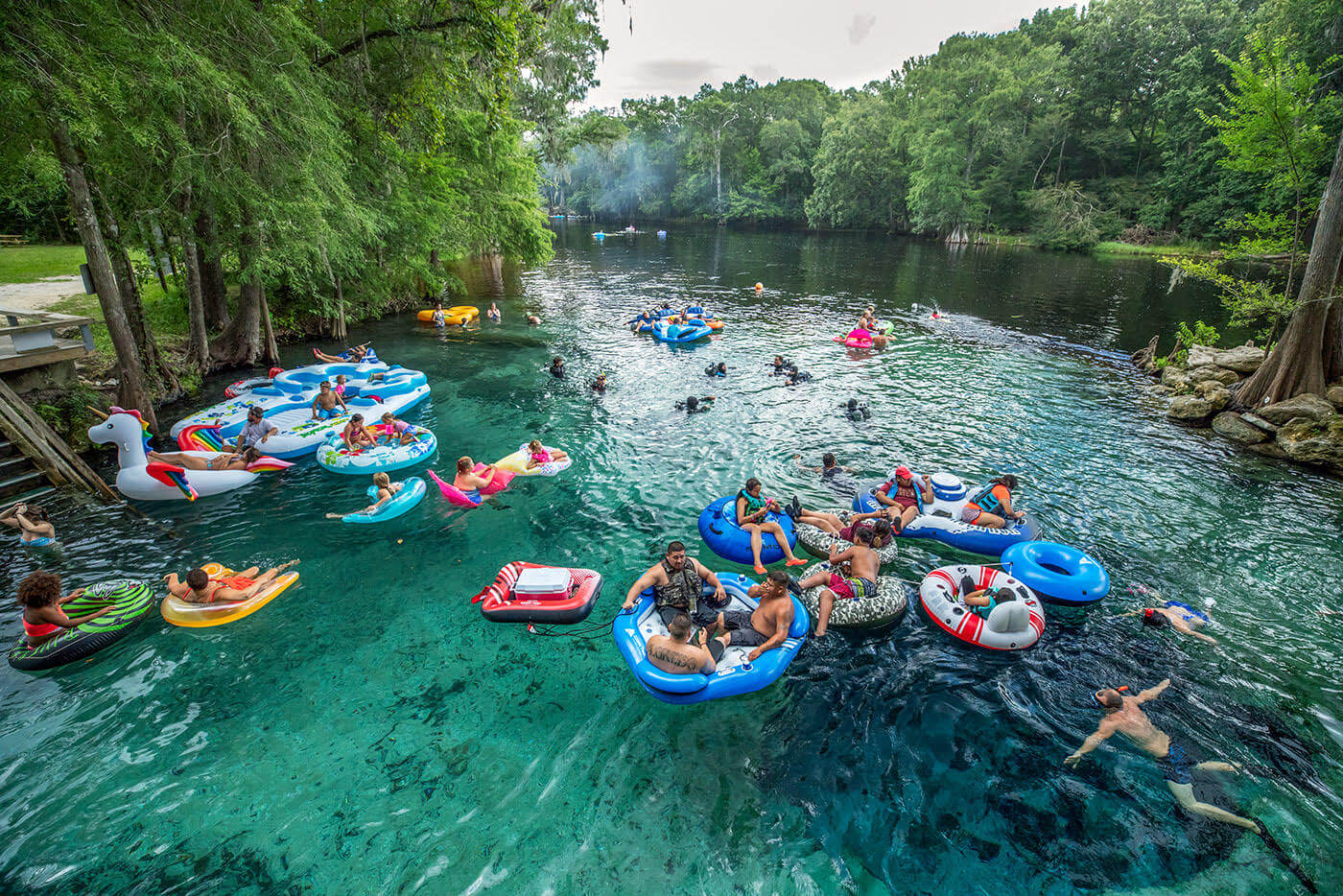
Ginnie Springs is a very popular private nature preserve that is popular with scuba divers and kayakers. The pools there offer turquoise clear water with limestone and sand bottoms, some of which lead down to caves that are great for experienced divers to explore. The water being fresh, and connected to the Santa Fe River, you are likely to see alligators there, though fewer where most people are hanging around and splashing. Most gator sightings occur on the one-hour tube rides downriver, although alligators there are less interested in the people passing on their brightly colored floaties than they are in soaking up the sun.
Always keep your eyes open while swimming, paddleboarding, or any other activity that involves being in or on the water at Ginnie Springs, and be reassured that the park has good cell reception should you need to call for help.
You will be safe vacationing at Ginnie Springs if you read all the rules carefully before you head into the waters, and then follow them!

The Takeaway
As human populations increase, and as they build houses near lakes and rivers, or fish or hunt near water, they naturally begin to intrude on American alligators and their habitats.
Alligators are generally dangerous under two conditions: when someone feeds them (If an alligator starts to see a human as a source of food, it will go after any human when it’s hungry), and when they’re breeding and the first few weeks after the young hatch.
Can you swim in water where alligators live? Yes. People do it all the time. But should you? If visibility is clear and there are other people around, it’s a safe bet there won’t be any alligators on the hunt or nesting. Still, keep your eyes open!
Alligators are potentially dangerous, but they’re not typically aggressive. Usually, they want to be left alone, and will happily keep their distance. Any large animal can potentially be dangerous – in most cases, all you need to do is respect them when you enter their territory.
Disclaimer
While we at Traxplorio do our very best to give you the most up-to-date information, we always recommend you do your own research before you travel to a particular area, and check conditions with official sites. Thanks for understanding, and enjoy your adventure!







